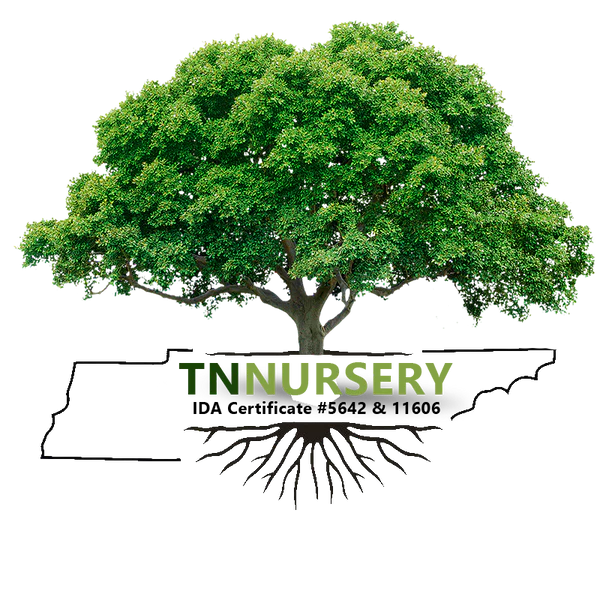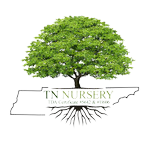Living Fence Trees
More property owners avoid installing manufactured products and employ living fence trees to establish boundaries. Wood and wire products typically provide a poor return on investments. Timber posts will eventually rot and require replacement. Metal fencing often rusts and calls for repainting, which leaves it looking sub-standard. Landowners prefer to use living fence trees to maximize their investment and improve property values.
What benefits of Living Fence Trees?
In many regards, utilizing pine trees or poplar trees to create fence-like infrastructure remains similar to hedgerows. Homeowners often plant evergreen shrubs in front yards to define the border. The greenery appears more aesthetically pleasing than commercial products and will not need replacement.
Living fence trees like pine and poplar follow the same thinking as overlapping shrubs. The primary difference stems from pine and poplar trees growing much taller. Property owners can achieve the same boundary-defining goals as fencing by planting trees close to each other in a predetermined line. The following are benefits that typically exceed commercial fencing.
- Save Money: The upfront investment of pine and poplar trees generally remains lower than commercial fence installation. On the backend, property owners will never need to spend money again.
- Increased Privacy: Local building codes often limit the height of a privacy fence. No ordinance limits the mature height of pine and poplar trees.
- Aesthetic Value: Few people choose to fence because it adds to the appearance of the grounds. By contrast, landowners select trees, shrubs, and flowers because they beautify the landscape.
- Windbreak: Pine and poplar trees are among the best ways to manage wind blowing across a property. They offer superior protection against high winds that would otherwise damage or level commercial fencing.
Planting living fence trees provides significant benefits that save money and enhance the peaceful enjoyment of your property. They also support environmental sustainability. By its very nature, manufacturing materials such as metal and plastic hurt the world around us. Planting trees give back to nature.
How to Employ Pine Trees Poplar Trees
A wide range of trees can be leveraged to create living fences. Property owners typically consider the desired height, length, and depth of the boundary they plan to plant the trees. For example, suburban property owners with relatively close neighbors often select lush, dense varieties such as Virginia and Shortleaf pine trees, among others. These varieties proliferate and create thick, green privacy fencing.
By contrast, rural landowners with many acres to manage may see increased value in tall varieties such as Pitch, Bull, Loblolly, and Southern Yellow pine trees. These tall pines can be planted in deeper patches to provide secure windbreak protection. Farmers sometimes use this strategy to protect crops.
Poplar trees generally do not deliver the same privacy level that thick pine tree rows offer. But they provide tremendous aesthetic value while defining a property line. Tulip poplar trees offer lovely blooms and colorful foliage.
Select Your Living Fence Trees From the Complete Nursery Inventory
We offer landowners a complete selection if they have a border that would benefit from planting poplar or pine trees. Our healthy trees and seedlings are ready to thrive and deliver the cost-effective benefits property owners deserve.











